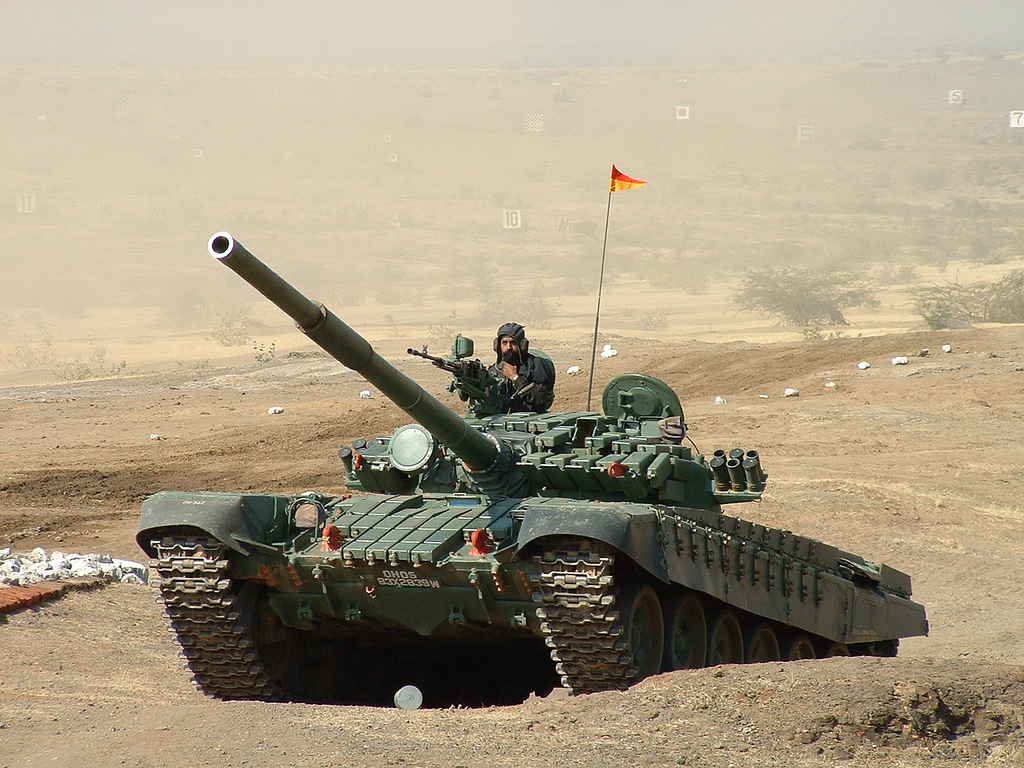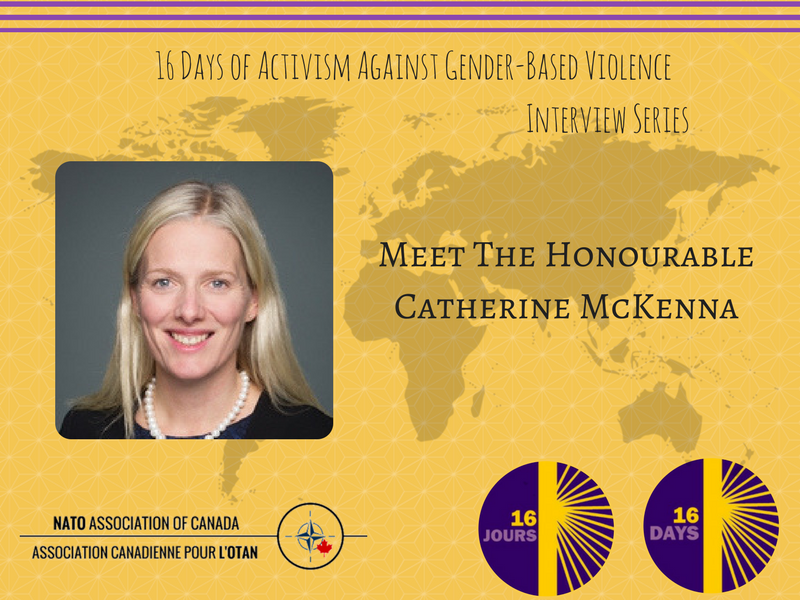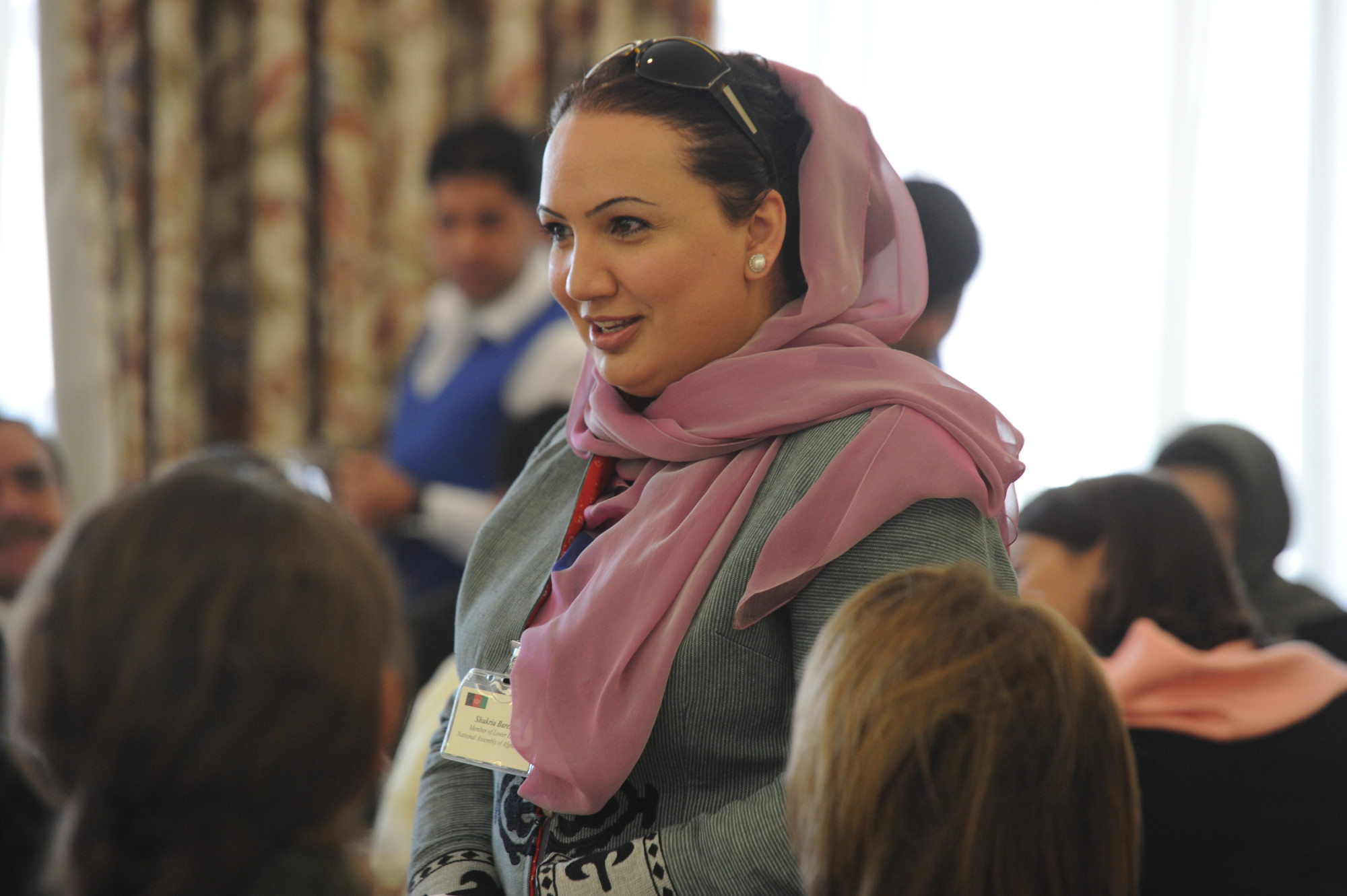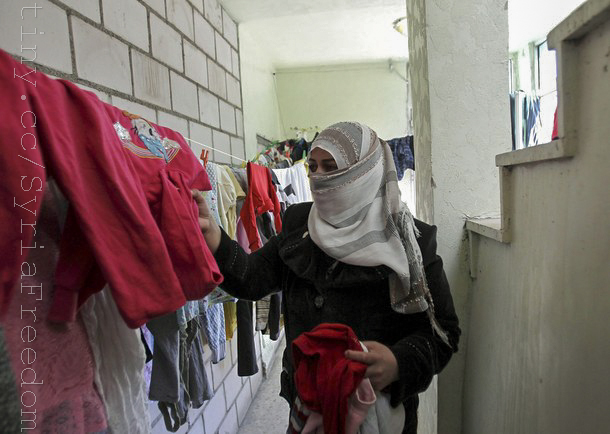India recently announced that its military will open up combat roles in all sectors of its army, navy and airforce to women. In an address on February 23, 2016, President Pranab Mukherjee told his Parliament “my government has approved the induction of women as short service commission officers and as fighter pilots in the Indian Air Force. In the future, my government will induct women in all the fighter streams of our armed forces.”
India began recruiting women for non-battle positions in the armed forces in 1992. Today, 2.5 percent of personnel in the Indian military are women, with 1436 women in the Army, 1311 in the Air Force, and 532 in the Navy. That being said, the majority of those women are only serving in administrative, intelligence, or medical roles and are employed under short service commissions rather than permanent positions.
India has been taking steps to further integrate Indian women into its military. In October 2015, the Indian Air Force (IAF) announced that it would begin training women for areal combat missions. Currently, three IAF women are undergoing training in preparation to fly combat missions by 2017. If they succeed in this 3-year experimental program, they will be the first female combat pilots in the history of India’s military, hopefully setting the stage for many more to follow.
President Mukherjee’s commitment to make all combat roles open for women in the future has brought to light some logistical and perceptual issues within India’s military currently working against women. Technically speaking, despite the government’s new initiative, the Indian armed forces had “no plans” to introduce women into infantry or artillery roles. Many units, including warships and submarines, will have to be adapted for the introduction of women, especially as most of them currently cannot accommodate mixed-gender crews.
While those technical issues can be accommodated by changes in policy and infrastructure, there are still members of the military who believe that women will not be able to integrate themselves into what is still seen as a ‘man’s world.’ “Women’s vulnerability” has been cited as a point of concern in allowing them into combat roles, particularly “their physical and mental ability to cope with the stress of frontline deployments.” One officer, in response to the recent announcement, even asked “can women officers be deployed in bunkers and posts along the LoC amid heavy shelling and infiltration bids?”
There were similar sentiments before the IAF women combat pilots plan was announced in 2015. Air Chief Marshal Arup Raha reportedly said in 2014 that women “by nature [are] not physically suited for flying fighters for long hours, especially when they are pregnant or have other health problems.” A year later though, Raha praised those women playing areal transport roles for the IAF and promoted the female fighter pilots plan as an opportunity “to meet the aspirations of young women in India.” This demonstrates that military culture can be changed and women can be welcomed as combat assets once more opportunities are opened for them to take fighting roles. This perceptual shift will take time, though.
One top of the issue of combat roles, Indian women currently in the military are also facing a hierarchical struggle. Until 2010, women were only allowed to hold short service commission roles (SSC), limiting their service from 5 to 14 years and restricting them from achieving higher military-ranked positions. While a 2010 ruling by the Delhi High Court opened up permanent commissions (PC) to women, female officers today are still fighting to attain that status. While one female officer admitted “the fight is mainly over getting PC in different branches,” she also added “if some [women] want combat roles, they should be allowed to opt for them.”
India still has some way to go in bringing gender equality to its armed forces, but what is important is that the Indian military has recognized that. President Mukherjee’s vow to open combat roles to women in the future reflects the desire for change. Defence minister Manohar Parrikar has backed that commitment, saying that the military will introduce female officers to combat roles in “phased manners” once a timeline has been established based off what infrastructure and training adjustments will have to be made to accommodate women.
As President Mukherjee alluded to in his announcement, “in our country ‘Shakti’, which means power, is the manifestation of female energy. This Shakti defines our strength.” Integrating women into combat roles will hopefully lead this perception to spread throughout India’s military culture, allowing more Indian women to take up the more physically-demanding and higher-ranked roles within national defence that they are fully capable of performing.




